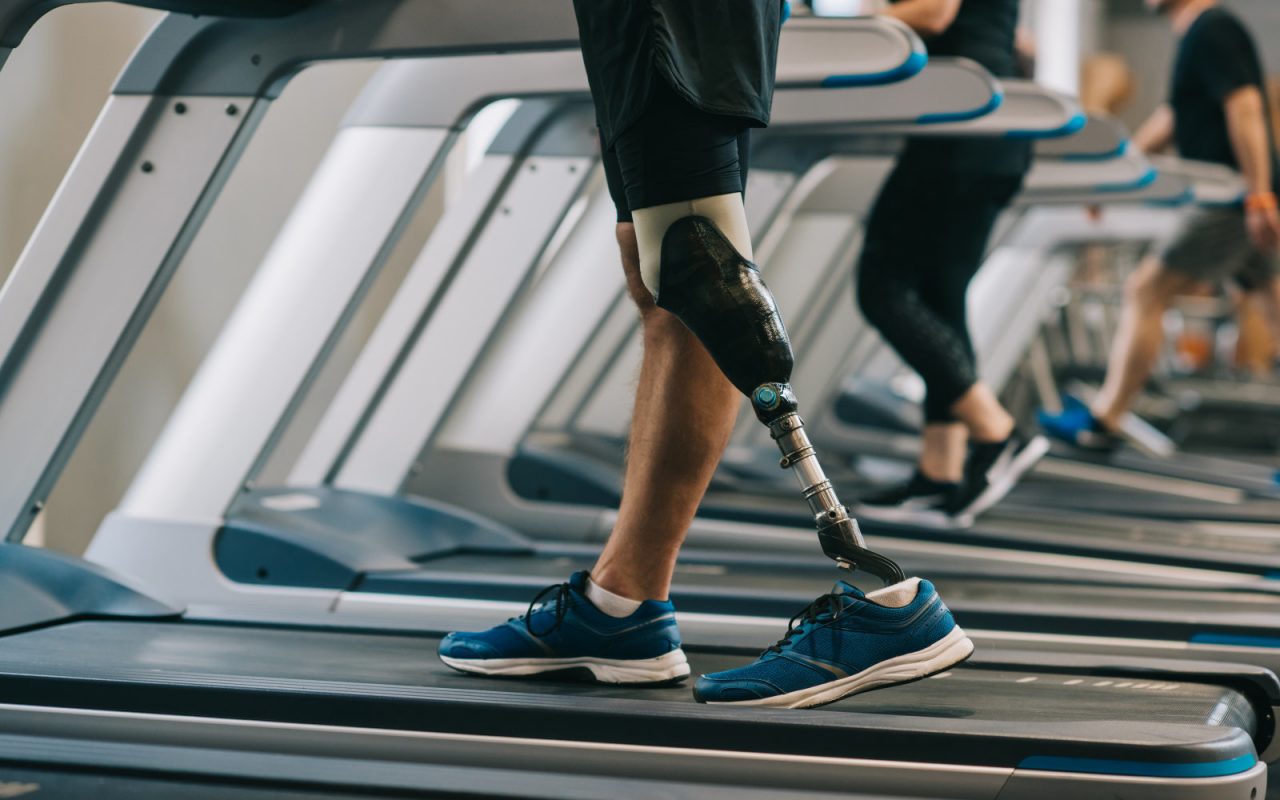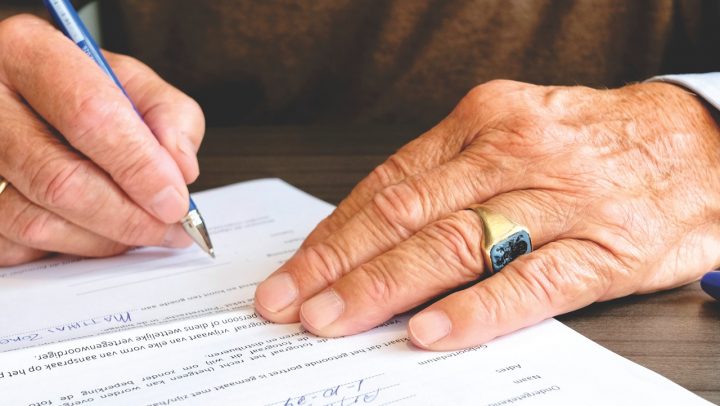An amputation is a procedure in which a limb is partially or completely surgically removed. In the United States, almost two million people have had an amputation and live with limb loss. Data shows that 54 percent of amputations are the result of issues with vascular diseases, such as peripheral arterial disease and diabetes. 45 percent of amputations are on account of trauma, and less than two percent are on account of cancer.
In most cases, getting an amputation is an informed decision that both a patient and a doctor discuss. Doctors and medical professionals perform medical assessments and psychological assessments on patients to determine if they are in good enough health to have an amputation done. Things such as nutritional status and cardiovascular health are examined. Doctors also examine and monitor the functioning and condition of healthy limbs. This is standard practice for doctors and medical professionals in order to determine what type of amputation to perform, what type of anesthesia to use, and to determine and estimate what a patient’s recovery will be like and how much rehabilitation they will need.
After having an amputation, patients should be sure to adhere to the recovery and rehabilitation plan they made with surgeons and medical professionals, and take any medication prescribed to them. In cases of peripheral arterial disease and diabetes, patients may need foot amputations because of foot ulcers, poor blood circulation, and nerve damage.
In addition to rest and rehabilitation, patients who have had foot amputations and prostheses can invest in Knit-Rite prosthetic socks for comfort and empowerment in their personal care. Individuals who have had amputations of various types and are dealing with limb loss can find high-quality products designed for amputees at places such as the Amputee Store. Products designed specifically for individuals living with limb loss can maximize comfort, eliminate itching and perspiration, and decrease the risk of infection or bacterial growth around an amputation site. The Amputee Store, for example, offers items that can be personalized based on a patient’s amputation level.
Pursue a medical malpractice lawsuit
Experienced surgeons know how to remove damaged tissues and bones, and appropriately prescribe necessary medications to patients. Doctors of all specializations have undergone years of intensive studying and training to be experts in their field. That is why cases of wrongful amputations and other medical mistakes are so shocking and disappointing. Medical mistakes and negligent actions that cause physical, mental, and emotional damage to a patient are referred to as medical malpractice.
A wrongful amputation is a form of medical malpractice. Wrongful amputations may occur when doctors do not properly consult with the patient or other medical professionals on the surgical team before performing surgery, or they perform an amputation without exploring less severe treatment options first. An amputation may constitute an incident of medical malpractice if it is botched and does not go according to plan, results in harmful side effects and causes more health complications, or if the doctor did not receive the patient’s permission to perform an amputation.
If a patient feels wronged and harmed by the negligent actions of a doctor or other medical professional, they should seek a medical malpractice lawsuit, as they are legally entitled to. They should consult the services of lawyers specializing in medical malpractice, such as those practicing at Cummings Injury Law. These legal experts can represent a patient against the doctor or medical professional that negligently treated them, as well as against the hospital or medical facility that employs the professional in question.
To have a valid case, a patient must prove that they were harmed by an amputation that was performed unnecessarily or improperly. The patient must be able to prove that the doctor who treated them is responsible for the damages they incurred following an amputation, and that a competent doctor performing under the same circumstances would not have caused them any harm.
Patients have the task of demonstrating that the damages they have to live with were caused by a medical professional’s negligence and not by an existing health problem. They should inform their lawyers of any changes they have had to make to their lifestyle as well as any changes to their mobility and health following an amputation. Legal experts are not only professional resources, but they can also be a necessary support system. They work hard to make sure patients are fairly compensated for medical expenses, any loss of income and working ability, and any physical, emotional, and mental suffering.




